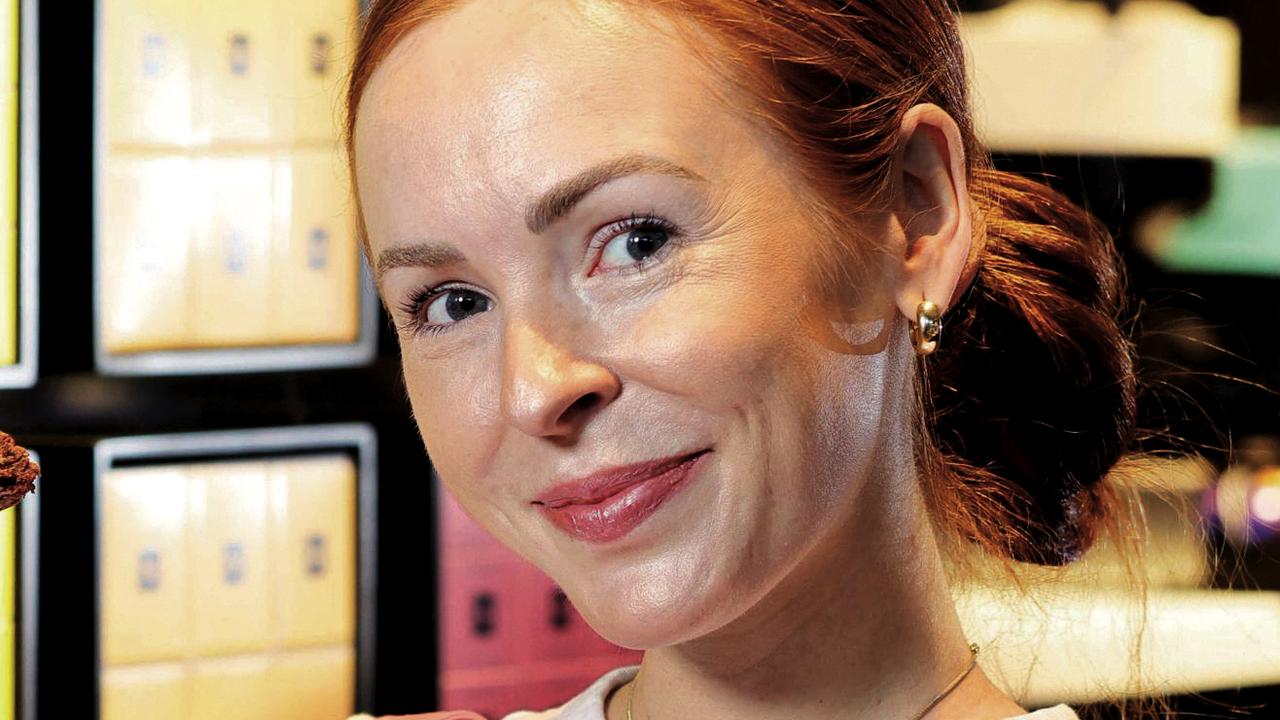Lena Dunham reveals shocking extent of childhood battle with Obsessive Compulsive Disorder
“I AM afraid of everything.” The Girls star has revealed the true extent of her long struggle with Obsessive Compulsive Disorder.
GIRLS star Lena Dunham has finally revealed the true extent of her longtime battle with Obsessive Compulsive Disorder, which started when she was a child.
In an excerpt from her new book Not That Kind of Girlpublished in the New Yorker, Dunham details a childhood spent in therapy battling an ever-present, increasing sense of anxiety.
“I am eight, and I am afraid of everything. The list of things that keep me up at night includes but is not limited to: appendicitis, typhoid, leprosy, unclean meat, foods I haven’t seen emerge from their packaging, foods my mother hasn’t tasted first so that if we die we die together, homeless people, headaches, rape, kidnapping, milk, the subway, sleep,” she writes.
Many fans had wondered whether the OCD storyline Dunham has explored on Girls — her character Hannah Horvath experiences recurring bouts of the disorder, which debilitated her during her teen years — was based on her own experiences.


It seems it was, as many of the passages in the autobiographical excerpt echo Hannah’s experiences moments on the show.
“I stop touching my shoelaces (too filthy) or hugging adults outside my family. In school, we are learning about Hiroshima, so I read “Sadako and the Thousand Paper Cranes,” and I know instantly that I have leukaemia. A symptom of leukaemia is dizziness, and I have that, when I sit up too fast or spin around in circles. So I quietly prepare to die in the next year or so, depending on how fast the disease progresses,” she writes.
As Dunham sees a steady stream of child psychologists, she says her mental state continues to worsen: “The germophobia morphs into hypochondria morphs into sexual anxiety morphs into the pain and angst that accompany entry into middle school,” she writes.
“The work we’re doing together helps, but even three mornings a week isn’t enough to stop the terrible thoughts, the fear of sleep and of life in general. Sometimes, to manage the images that come unbidden, I force myself to picture my parents copulating in intricate patterns, summoning the image in sets of eight, for so long that looking at them makes me nauseated.”
Dunham says that it wasn’t until she read about another person’s struggle with OCD that she realised the severity of her own battle with the illness.
“Sitting with my mother in the beauty salon one afternoon, I come across an article about obsessive-compulsive disorder. A woman describes her life, so burdened with obsessions that she has to lick art in museums and crawl on the sidewalk.
“Her symptoms aren’t much worse than mine: the magazine’s description of her most horrible day parallels my average one.”

Read the full excerpt from Dunham’s book at the New Yorker.



